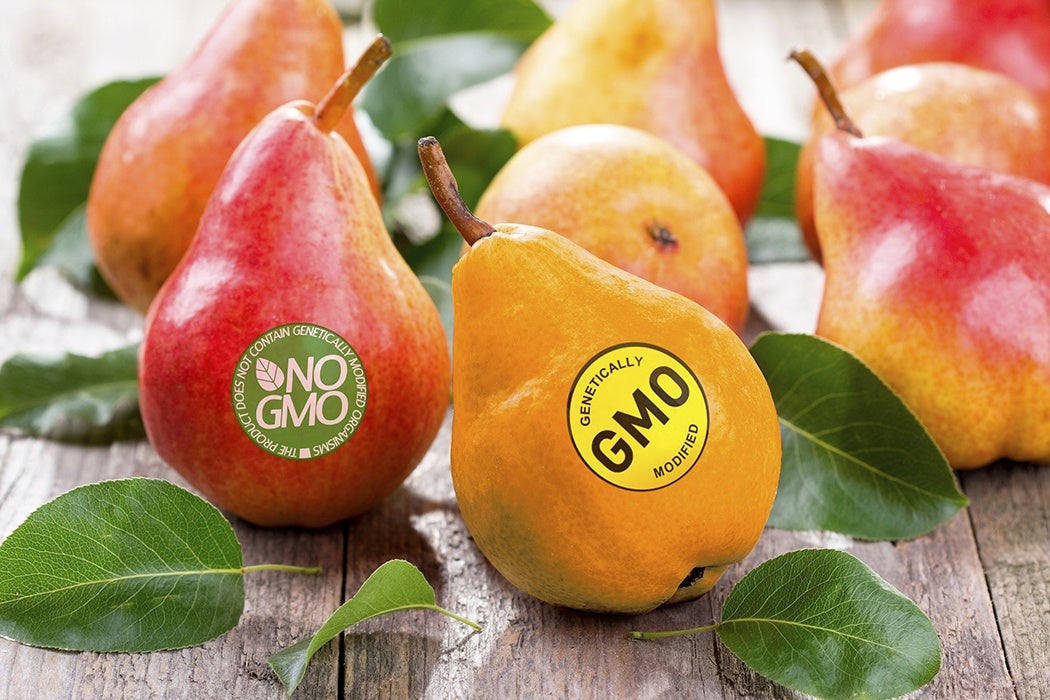Genetically Modified (GM) crops have always been controversial. The term refers to crop varieties that have had specific genes artificially spliced into their genome, rather than added through the cross-breeding that farmers have practiced for millennia. Proponents argue that these crops increase yield and reduce insecticide use. Opponents worry that GM crops are unsafe and pose ecological risks. After a few decades of use, safety concerns remain unproven. One thing is certain: GM crops don’t seem to work as advertised.
Potential GM yield increases mostly come from increased insect resistance, so the benefit is greatest where pest damage is the highest. Comparing two healthy farms with regular or low insect damage, GM crops offer little benefit and yields can be less than conventional crops. GM seed is expensive, so farmers planting these varieties earn less profit. In marginal land, however, reduced pest damage can mean the difference between profit and loss, so GM crops can enable profitable farming in areas where it might not otherwise be possible. This is slightly different from the claim that GM crops allow more production with less acreage.
The benefits are a little clearer when it comes to insecticides. GM crops produce naturally-occurring substances that kill insect pests, reducing the need for external poisons. And in fact, at least in cotton farms as of 2006, “this is estimated to have reduced the environmental impact of cotton pesticides by 25 percent.” The reduction reduces collateral damage to helpful insect populations, lowers air pollution and runoff, and limits farmworker exposure to harmful chemicals. As NPR recently reported, “Genetically modified, insect-protected corn has allowed farmers to reduce their use of insecticides to fight the corn rootworm and the European corn borer.”
But the situation gets murkier again when it comes to herbicides. That same NPR story reports, “Farmers who are growing genetically modified, glyphosate-tolerant soybeans, meanwhile, have been using more weedkillers than their non-GMO neighbors.” GM crops are engineered for herbicide resistance. This trait does not replace herbicide, rather, lets herbicides kill the weeds but not the crops. This enables cheaper and easier herbicide application, but GM crops end up requiring considerably more herbicide than conventional farms. Some of these herbicides potentially harm aquatic life.
Then again, GM crops are associated with improved agricultural techniques. The ease of chemical weed control reduces the need for mechanical weed control through tillage. Tillage stirs up soil, increasing erosion risk and runoff into surrounding waterways. It is therefore possible that although GM crops require more herbicides, fewer of those herbicides end up where they cause the most harm. At the same time, increased herbicide exposure builds resistance in weeds, requiring ever more herbicides. The increased volume probably outweighs any theoretical benefits.
The bottom line is that while there are benefits to GM crops, there are substantial downsides. Remove the herbicide resistance, and the benefits increase a lot. GM technology may also one day prove useful in other ways, e.g. helping adapt crops to climate change by introducing genes for heat or drought resistance. After all, generally speaking, biotech companies and farmers use these crops to make money, not to help the environment or feed the hungry.







